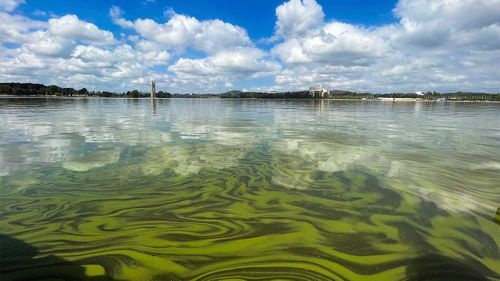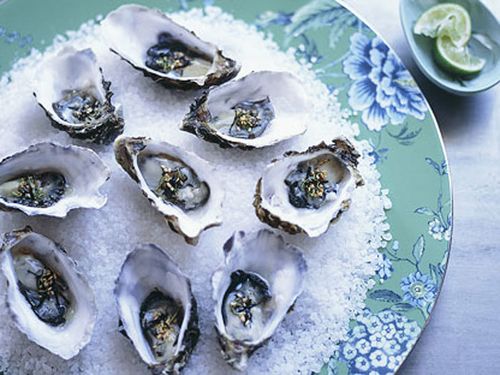People are being told to avoid swimming in the algae, but what is it and how concerned should Australians be about the health risks the smelly blooms pose?
Here’s everything you need to know.

What is blue-green algae?
Blue-green algae is a cyanobacteria common around the Australian coast. It thrives in warmer conditions.
Tweed Council’s environmental health manager Marcela Lopez said people should avoid swimming and surfing anywhere near an algal bloom.
“It is often mistaken for oil or slimy effluent slicks on beaches and in rivers where it has been blown on-shore by winds and tide,” she said.
“While Trichodesmium is a blue-green algae, it can come in a lot of other interesting colours including orange, grey, brown, green and purple.

“It decays quickly, usually turning greenish and then pink-red as it dies. It smells bad, like rotting plant matter or chlorine gas, with some people describing it as a ‘fishy’ smell.”
Algal blooms can occur anywhere along the coast and are usually seen after rainfall events in estuaries and river mouths.
What can blue-green algae do?
Read Related Also: Why Charlotte Church begged her parents not to move to LA
While direct exposure is unlikely to cause serious health problems for humans, Lopez said people should rinse it off with soap as soon as possible if they are exposed to it.
The greater risk is eating fish or shellfish exposed to blue-green algae.
The algae releases a toxin which is then ingested by animals, especially oysters.
If eaten, such seafood could cause serious food poisoning.
How do I know if I have been exposed?
Consuming seafood exposed to blue-green algae can result in severe and quick-acting ill-effects.
Symptoms usually appear within 10 minutes to three hours of eating.

Symptoms include numbness and tingling (prickly feeling) around the mouth, face, and extremities (hands and feet), difficulty swallowing or breathing, dizziness and headaches.
Other symptoms include nausea and vomiting, diarrhoea, paralysis and respiratory failure and in severe cases, death.
Cooking shellfish does not negate the risk of food poisoning related to blue-green algae.






